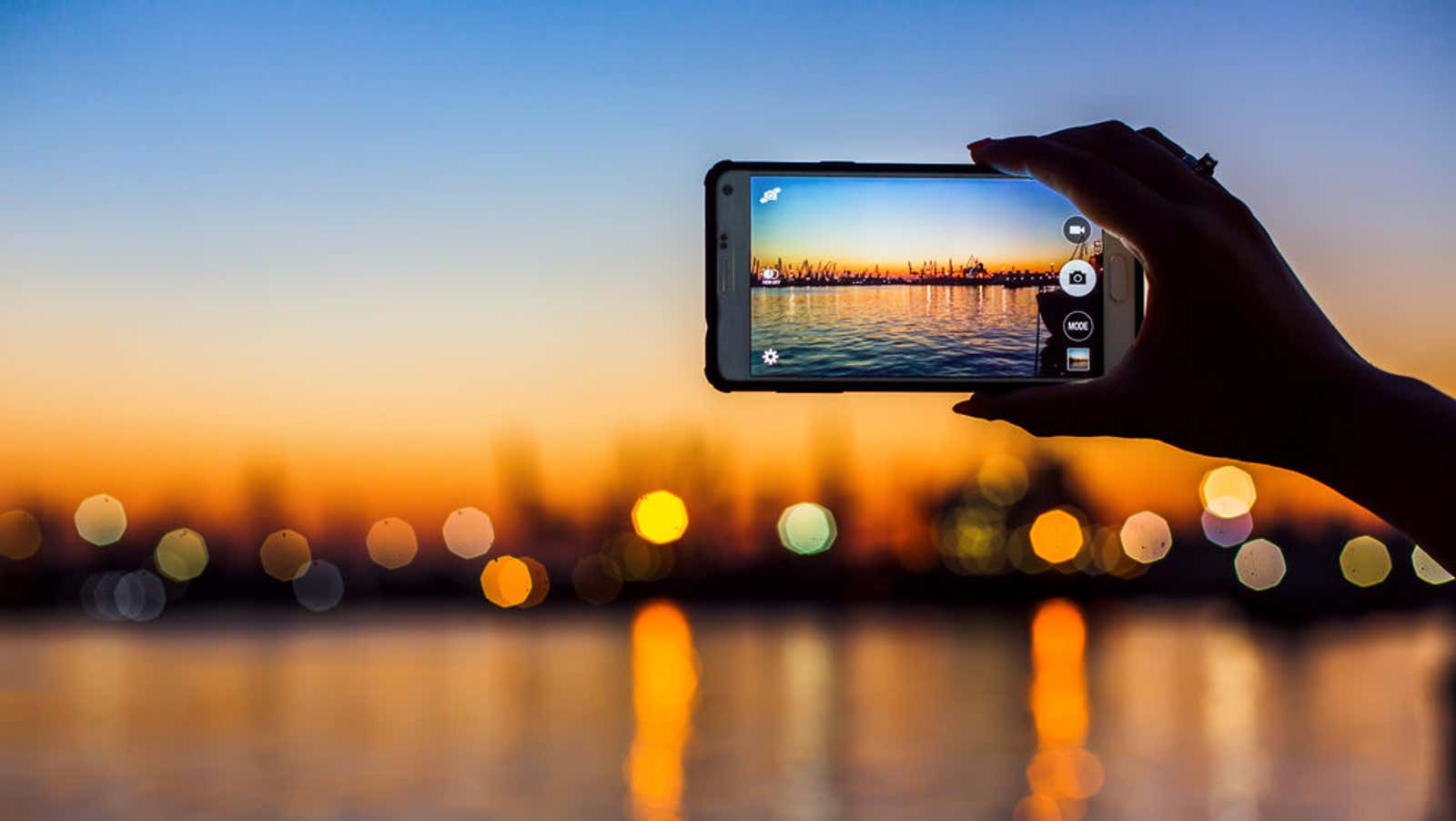Where to Backup Your Smartphone Photos Online (and Why You Need It)

An unsuccessful update of the Adobe Lightroom app on iOS accidentally deleted the photos and editing settings of users. Adobe has responded to widespread bug reports and released a patch to fix it so others won’t get hurt but can’t recover any of the lost files.
Adobe says some users can recover some of their lost photos and editing settings if they have phone backups stored in iCloud. Give it a try if you are one of those unlucky ones and have lost your photo history, but the chances are slim, it will work for everyone. I don’t want to be too negative here, but I don’t want to give anyone false hope.
It’s a shame, but the sudden loss of data underlines why you need to back up your photos in multiple locations. If you have everything stored in two or three locations, you will still have additional backups in case one of them fails.
Quite frankly, the best options are external hard drives or solid state drives; they have a large capacity and can always be at hand. The downside is the high cost of external media. Plus, if you mainly shoot and edit with your phone, saving photos to your hard drive isn’t easy. You probably aren’t going to pay a ton of money to back up your files either. Luckily, many cloud services allow you to back up your photos for free.
Best Free Websites to Back Up Your Photos
There are quite a few options out there, but we’ve narrowed the list down to the websites with the most generous download permissions for free users.
- 500px: Free members are limited to seven downloads per week. Includes advertisements.
- Flickr : Free Flickr users can store up to 1000 photos or 1 TB of data, whichever comes first. Includes advertisements.
- Imgur : Imgur gives users 20GB of storage for free. Includes advertisements.
- PhotoBucket : Store up to 250 photos with a free account. Include ads.
The downside of free services is that they limit your storage or impose download limits. These restrictions are not too strict for ordinary photographers, but they will stifle professionals and avid amateurs. Unfortunately, the only way to get around these restrictions is to use a paid service instead.
There are tons of paid options out there like Pixpa and ImageShack, plus premium memberships from the services listed above and a whole mess of cloud storage, but I want to highlight a few that you might already be paying for without realizing it and hopefully save some money. you some money.
Paid options (which you may already be paying for)
- Amazon Prime Photos : Amazon Prime has so many additional perks it’s hard to keep track of. Case in point: Prime subscribers get unlimited full-resolution photo storage through Amazon Prime Photos. It also includes 5GB of free video storage (you can pay to add more). Free users only get 5GB of storage for photos and videos, so we recommend it for Prime members only ($ 120 per year or $ 13 per month).
- Creative Cloud : If you pay for the Adobe Creative Cloud package (which is possible if you use Lightroom on mobile), you will have at least 20 GB of cloud storage included with your subscription, which works on files you edit and upload via Adobe mobile apps. You can add up to 1 TB of storage space for an additional $ 10 per month. Plans for 2, 5 and 10 TB are also available.
- Google Photos / Google One (Android and iOS): Google Photos allows you to store an unlimited number of photos with a resolution of 16 megapixels or lower. Larger files will shrink in your 15GB free Google storage, although you can buy more storage through Google One if you run out of storage. US plans include $ 1.99 / month for 100GB, $ 2.99 / month for 200GB, and $ 9.99 / month for 2TB. There are also annual subscription options that will save you money compared to monthly payments.
- iCloud (iOS only) : This is the most affordable option for Apple users as iCloud covers all Apple devices. You get 2GB of storage for free, but you can pay more if needed. US users can get 50GB for just $ 1 / month, 200GB for $ 2.99 / month, or 2TB for $ 9.99 / month.
[ 9to5Mac ]